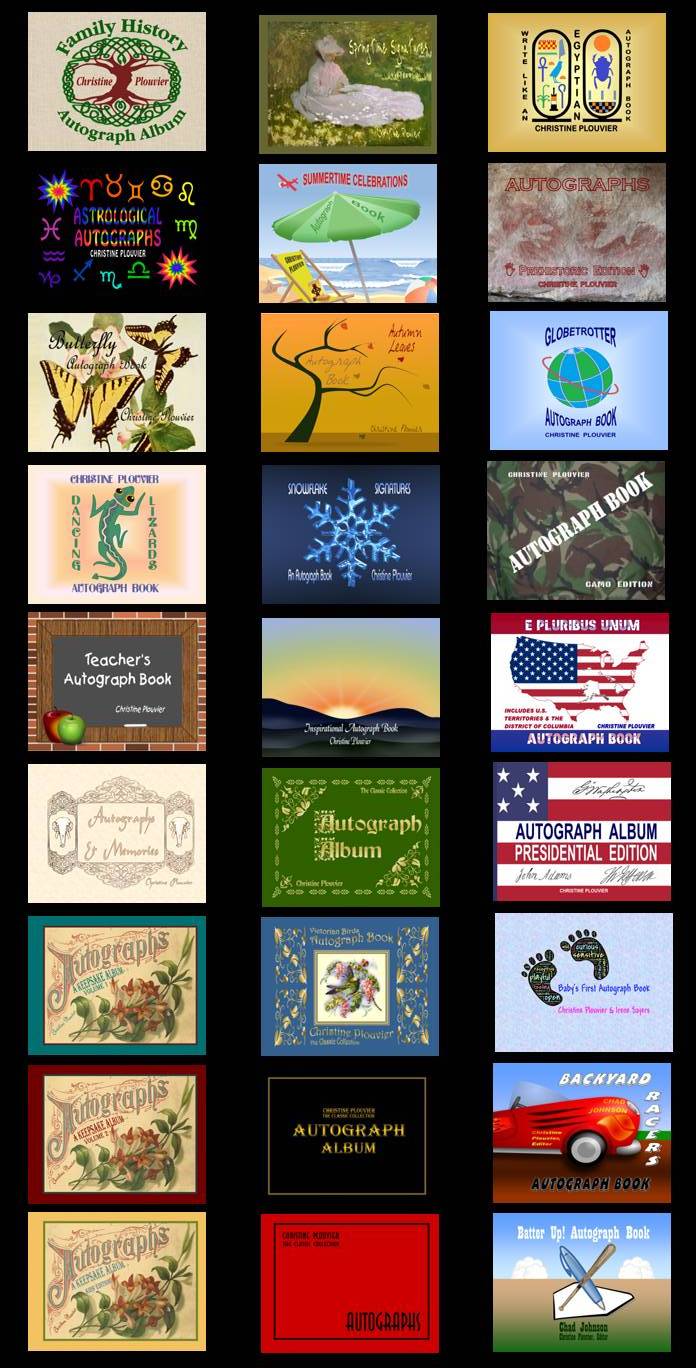No, that’s not the rumbling of my stomach. It’s my Loyal Readers, muttering, The Rules! Come on! I wanna read about The 7 Reasonable Rules of Writing!
We all want the reassurance that we’re doing it “right.” But, as my 3rd-degree black-belt karate-master daughter would counsel us (I telephoned her, and asked her), “Don’t get frustrated. Don’t give up. It doesn’t all come at once.” We’re laying the groundwork for greatness: the Age of the Author as an Artist.
As we’ve seen, the avant-garde may not be able to brainwash the public about what consumers “should” regard as Art – although that doesn’t stop them from trying.
 But whereas the fifth columns hidden within Art’s other disciplines have not had much success in bringing painters, sculptors and musicians to heel, those who infiltrate the ranks of writers have honed their brow-beating skills to a fine edge.
But whereas the fifth columns hidden within Art’s other disciplines have not had much success in bringing painters, sculptors and musicians to heel, those who infiltrate the ranks of writers have honed their brow-beating skills to a fine edge.
For example, an article at the website of a well-known writers’ magazine purports to promote the characteristics of a bestseller. All it really does is promulgate a set of seven writing standards – Readability, Strangeness, Controversy, Big Actions with Big Consequences, Nuanced Uniqueness, Extreme Situations, and Reasons to Care – which, in their subjective unattainability, have the potential to undermine writers’ confidence in their creativity.
Studying the original article reveals that, like much of the inappropriate advice which the magazine often spouts beneath its flaming “no rules” banner, this is a classic example of avant-garde rule-making, as evidenced by the article’s putting “essential” and “elements” with “bestselling” in the title. “Essential elements” is an absolute, objective term; nevertheless, whether or not a novel is deemed to possess those characteristics is entirely subjective – another hallmark of fifth-column manipulation of the facts to fit their agenda.
Who’s to say what kind of story is universally “unputdownable” or “riveting?” Or what kind of writing is guaranteed to elicit tension, intrigue and curiosity in everyone who reads it? As the article itself admits, “if no one cares, then it doesn’t matter what happens in your story.” Caring cannot be commanded.
Readability, Strangeness, Controversy, Big Actions with Big Consequences, Nuanced Uniqueness, Extreme Situations, and Reasons to Care are all great ideas to incorporate into stories, but the existence of such characteristics cannot be deemed “essential” to bestseller status: Habit, bias, expectations and other manifestations of personal preference can blind the eye of the beholder to their presence. Without perception, there’s no conception.
 How do I know this? Because several years before that article came out, I wrote a novel that fulfilled every jot and tittle of that list, and not only is the book not a bestseller, but also it didn’t even receive an honorable mention in that very magazine’s own sponsored competition for independently-published books.
How do I know this? Because several years before that article came out, I wrote a novel that fulfilled every jot and tittle of that list, and not only is the book not a bestseller, but also it didn’t even receive an honorable mention in that very magazine’s own sponsored competition for independently-published books.
Readability: to “go beyond simply getting the point across.” Oddly enough, this admonition flies in the face of the standard modern advice to eschew adverbs, adjectives, idiomatic expressions and many other aspects of traditional literary usage that paint pictures in the mind. I’m proud to report that Irish Firebrands does readability in spades, because it’s written in the literary style of contemporary Irish journalists. The Hiberno-English rhythm of speech and employment of lexicon contribute an atmosphere that helps establish the setting, but without resorting to dialect, which can impair readability.
Strangeness: “Introducing your lead character to something wholly unfamiliar to his daily life.” The important characters in Irish Firebrands each entangle themselves with persons and positions that they’re ill-equipped to master.
Controversy: defined as “going all-in.” The characters in Irish Firebrands come with controversial, checkered pasts, which contribute to their taking dodgy decisions that threaten much more than their own futures.
Big Actions with Big Consequences: meaning, a “riveting tale that requires characters to make big choices, face big fears, and undergo big changes.” The important characters make choices that involve some heavy-duty accountability. The Punnett Box of personality and motivation changes fills up in a surprising pattern by the end of Irish Firebrands.
Nuanced Uniqueness: writing with “its own unique elements [or a] new spin,” and that gives main characters “some ‘interesting backstory, personality traits, hardships’ or even a disability.” The spin of Irish Firebrands is that it’s in the emerging sub-genre of Boomer-Lit, which presents characters who are in an advanced stage of life, but with the traits, tropes and tableaux that are sometimes assumed to be the bailiwick of younger protagonists. The important characters have unsavory or hardship backstories, are pitted against their own unique problems, demonstrate diverse personalities, and they even exhibit symptoms of disabling mental illness.
Extreme Situations: or, “get your characters as deeply in trouble as you can.” Every decision the main characters in Irish Firebrands take propels them deeper into the morass, until the swamp gases they stir up reach their flash point.
Reasons to Care: ensuring that “characters have genuine emotions, are in emotional distress or uncertainty.” The important characters experience desires that they misread, deny, sublimate, self-medicate, or indulge in an effort to manipulate others. In Irish Firebrands, genuine emotions, distresses and uncertainties are the order of the day.
The perception of Readability, Strangeness, Controversy, Big Actions with Big Consequences, Nuanced Uniqueness, Extreme Situations, and Reasons to Care takes place on an emotional level, and cannot be elicited on demand. And yet, Irish Firebrands does stimulate those perceptions: Enough readers have reported corresponding emotional responses to the novel, to convince me that I fulfilled my role as an Artist to express the emotions I experienced while I instinctively discovered the story and put it into words.
Emotion is the source of the subjectivity of Art, and is particularly well illustrated by Artists who communicate in pictures. In my old History of Art textbook (H. W. Janson, Prentice-Hall, 1968) – which doesn’t waste any ink on Andrew Wyeth, whom we discussed in an earlier post – we read of a group of young artists:
On their first public appearance, in 1905, they so shocked critical opinion that they were dubbed the Fauves (the wild beasts), a label they wore with pride. … [Their] leading member was Henri Matisse (1869-1954), the oldest of the founding fathers of twentieth-century painting. … He had strong feelings about only one thing – the act of painting: this to him was an experience so profoundly joyous that he wanted to transmit it to the beholder in all its freshness and immediacy. The purpose of his pictures, he always asserted, was to give pleasure. (Page 513)
Matisse is best known for his later work, which often featured bright colors and a flat perspective in a childlike technique. But my favorite is one of his early paintings:
…
One of the feelings I had while writing Irish Firebrands was joy in the creative process, an emotion which I fear may be lacking in the hearts of many modern writers. The Yellow Submarine character Jeremy Hilary Boob, PhD, is a gleeful, creative multi-tasker. He is saddened by the appellation “Nowhere Man,” but quickly resumes his joyful enthusiasm when the Beatles characters extend their compassion (“Come on, we’ll take you somewhere”), and goes on to vanquish the Blue Meanies in a surprisingly simple way at the end of the adventure.
Click on their names for schematics of Jeremy and the Blue Meanie (good for making articulated paper dolls?), and click on their images to see film clips. I remember going to see Yellow Submarine in the cinema, long before computer graphics came to animation. 🙂
























You have to search for the light in the painting. When you locate it, it feels comfortable, like grandmother’s house.
LikeLiked by 1 person
“Like grandmother’s house.” I’ve had to come back a few times to ponder what you said. As Artists, we can feel that comfort, too, when we find our own written voices, choose the right color of words, and paint the mental pictures we find joy in seeing with our minds’ eyes. Thank you for sharing your insight.
LikeLike
At first glance the painting looks dark, but the light is there, on the wallpaper and on the back of her neck. Once you see it, it’s actually quite warm.
LikeLiked by 1 person
You’re right about the warmth; I hadn’t thought about that aspect – just the coziness, and the clutter atop the press in the corner, which would have been fascinating to a youngster. The light is strong, too, going over her right shoulder and illuminating what little we can see of her book. I wonder who she’s wearing black for.
LikeLike
That would be a good prompt. You may have to tell that story. 🙂
LikeLiked by 1 person
I like the way you’ve elaborated on these “rules.” The more I search for answers, the less I understand. I at least think you have a terrific grasp on what’s expected and if you break the rules, it’s because you choose to. 🙂
LikeLiked by 2 people
Thanks, for connecting and commenting. We writers have got to stop being afraid of doing it “wrong.” No other Art is so plagued by such insecurity in its practitioners (the only 20th-century painter I can think of who had that problem was Hitler – just think how different history would have been, if he’d just flipped his critics the bird, and had gone on to develop himself in his Art).
If we know what we’re doing (meaning we have an excellent command of spelling, and a good general grammar reference book to help us use the words), we can thumb our noses at the gurus and gatekeepers, and break any dang style “rule” we want.
LikeLiked by 1 person
Well, I’ve finally got some of my work ready to attempt securing a literary agent…When I start getting rejection letters, I want to print out YOUR rules and give them a what-for. 😉 I like the way you think! 😀
LikeLiked by 1 person
Thank you! I’m an Indie Author-Artist, with the scars to prove it!
If you need an unknown, unrelated beta-reader before you start your queries, I’m usually available. (I’m about halfway through a re-read for a review, and then I’ll be free again.)
But don’t go to any added postage expense, trying to knock some sense into the gatekeepers: they’re all probably too thick to get it. If you change your mind about hiring another middleman, there are small presses (NOT subsidy or vanity) that accept unagented submissions, and there’s always the Indie route.
As “Red Green” says, “I’m pullin’ for ya. We’re all in this together.”
LikeLiked by 1 person